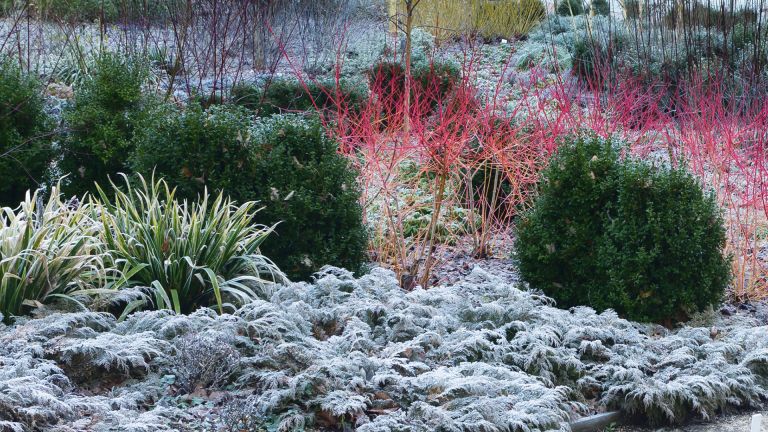
In mid-to-late fall, gardeners in colder climates start thinking about garden winter; not necessarily because they’re looking forward to it, but because they know that without proper precautions. Cold temperatures, drying winds and snow cover can all cause problems in their landscape. Thirdly, Repair Sprinkler Near Me systems can be destroyed from a prolonged freeze. Winterization doesn’t have to be difficult though — most of the tasks fit into a regular course of maintenance and contribute to a healthy landscape year-round.
Gardeners in warmer climates aren’t completely off the hook. Although snow load may not be a concern, random freezes and cold winds can still take a toll on plants and trees. So planning ahead and having a few things on hand can come in handy.
SHRUBS, PERENNIALS AND TREES:
Landscaping with native and other well-adapted plants can help minimize the care needed to keep your landscape healthy. However, plants don’t develop their full cold hardiness until they’re mature. Newer plants may need a couple years to reach their full cold-hardy potential. In the meantime, provide these younger plants with some extra protection.
- Prune lightly: First, cut back any perennials that aren’t desired over winter: plants that will blacken and turn mushy, like Veronicas or geraniums; ones that tend to harbor disease or insects over winter, like peonies, bearded iris and members of the mint family; and those that just don’t provide attractive winter interest. Trim long canes on roses to keep them from snapping. This should be done once perennials have gone dormant, which is usually after a few killing frosts. Depending on the pruning requirements for each variety.
Wrap delicate and newly planted shrubs: Evergreen shrubs are mainly damaged from dry winter winds that cause dehydration. Are much more prone to winter damage than deciduous varieties. So, shrubs with weak, brittle or floppy branches, or those with leaves. Inexpensive burlap can be used or there is a variety of products, like these shrub covers, designed specifically protecting bushes and small trees.
- Protect hedges: To shield a row of shrubs. You can either wrap the entire row or create a windbreak on the prevailing. Wind side with stakes and a length of protective fabric or dense shade cloth.
- Water: Root systems of newly planted bushes and trees are not established. Enough to readily replace water lost from dehydrating winter winds. Continue to water them regularly until the ground freezes and use mulch to help retain moisture. Give all your plants one last deep watering.
- Lighten the load: Plants located under eave lines may get more than their fair share of snow due to roof-shed. Build teepee structures over these plants to deflect this extra load and keep branches from breaking.
- Use an anti-transpirant: Protect evergreens from drying winter winds with sprays like Wilt Pruf. Applied to the leaves, it reduces moisture loss and defends against dehydration and wind burn.
LAWNS IN GARDEN WINTER:
- Apply a fall fertilizer: Get your lawn ready for winter with an organic fertilizer. That is high in potassium, like Espoma Fall Winterizer.
- Cut the grass short: The last mow of the season should be 2 to 3 inches tall; this will keep it from sheltering fungal diseases when covered with snow.
- Add lime: Horticultural lime makes soil more alkaline, which is preferable for lawns. The freeze thaw cycle of winter helps break-down the pellets and work it into the soil.
SPRINKLER SYSTEMS:
- Unplug the timer: Timers can sustain damage from power surges during garden winter storms. So it’s better to unplug them rather than just turn them off.
- Blow out the system: The pipes with an air compressor to prevent damage from freezing.
